Boris Johnson is on course to lose his Commons seat to Labour at the next election if new Parliamentary boundary changes get the go-ahead.
The Foreign Secretary’s re-shaped constituency in west London is projected to fall to Jeremy Corbyn’s party once key Tory-supporting areas are replaced by Labour-voting wards.
Despite Johnson’s possible demise, the overall planned shake-up of constituencies will still leave the Tories as the main winners, according to internal party projections.
Conservative insiders have told HuffPost UK that they expect to regain their Westminster majority if the move to slash the numbers of MPs from 650 to 600 is approved next year.
But the proposals, which would apply to the 2022 general election, could yet be blocked by a handful of Tory and Democratic Unionist Party (DUP) MPs worried about losing their own seats in the changes.
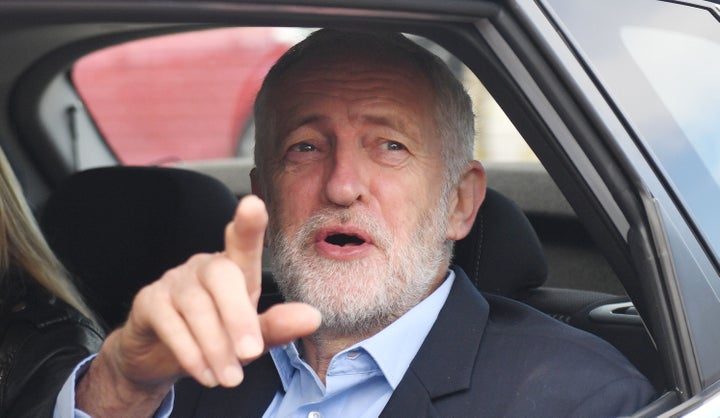
The plan to cut the number of Parliamentary seats was first devised by David Cameron to “cut the cost of politics” and to create constituencies with more equal numbers of voters.
Several Labour seats are deemed too small and are in line to be abolished. They will be carved up and merged with neighbouring constituencies.
Johnson is set to be the big Tory casualty from the final Boundary Review for England proposals published on Tuesday, with his seat in real danger of falling to Labour.
If the Jeremy Corbyn ‘surge’ of 2017 plays out again, Johnson’s Hillingdon and Ruislip constituency would switch from a 5,000 Tory majority to a narrow 1,000 Labour majority.
The new seat of Hillingdon and Uxbridge would take in Labour-voting wards formerly in Ealing North (Northolt Mandeville and Northolt West End), plus the transfer out of two strongly Conservative wards (Cavendish and Manor).
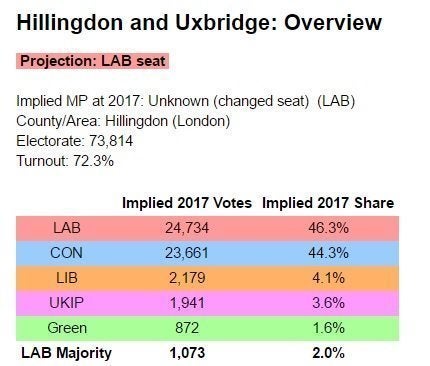
Boundary chiefs considered objections from the Conservatives to the changes, but rejected them in their final report.
Labour has already targeted Johnson’s seat, with journalist Owen Jones and the grassroots Momentum movement holding a series of events in the area.
The ‘Unseat Boris’ campaign has even used the Crowdpac crowdfunding website, set up by David Cameron’s former aide Steve Hilton, to target the constituency.
The website Electoral Calculus has forecast that if the same results from the June general election were applied to all the wards in the new Hillingdon and Uxbridge seat, there would be a narrow Labour majority.
However, fellow Brexiteer Iain Duncan Smith has been spared a similar fate as the Boundary Commission has now dumped plans to add a heavily Labour dominated ward to his Chingford and Wood Green constituency from neighbouring Walthamstow.
In a rare example of cross-party unity, Labour locally agreed with Duncan Smith that the Walthamstow wards should not transfer. His seat will now take a less strongly Labour area from Ilford North.
Jeremy Corbyn’s own Islington North seat would be scrapped under the changes, although the Labour leader is expected to be safe, along with fellow Shadow Cabinet minister Diane Abbott, as he would stand in a new constituency created from the shake-up.
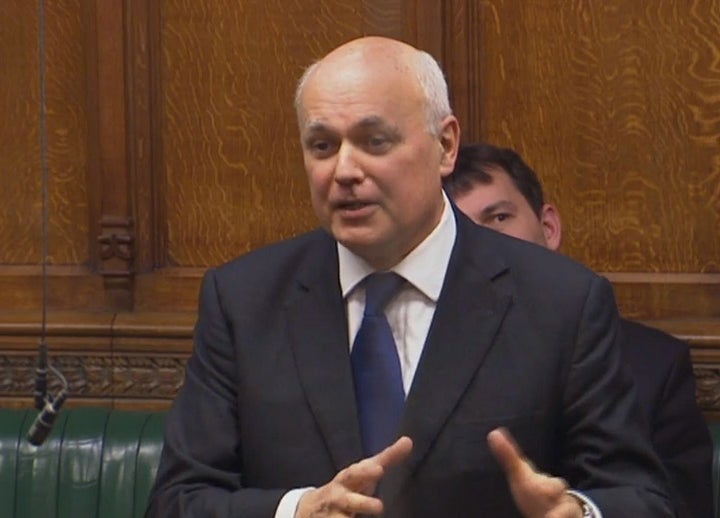
Martin Baxter, the elections analyst who runs the website Electoral Calculus, told HuffPost UK: “The revised proposals bring some good news for Iain Duncan Smith, whose new north London seat becomes a little more Tory-friendly, and who would be the likely winner there if the new boundaries had been used at the last general election.
“But it is less good for Boris Johnson, whose new seat of Hillingdon and Uxbridge was unaltered by the Boundary Commission, leaving Boris with a seat which was nominally Labour at the last election.
“With at least 50 MPs worried about losing their seats, including some senior DUP politicians, it is not clear whether these proposed changes will get final Commons’ approval. Overall the revised boundaries help the Conservatives, by equalising the size of seats throughout the country, but that may not be enough to get a majority for the new seats.”
Some Conservatives were quietly pleased with the final proposals as they make the party’s outcomes “slightly better”. Some MPs who had been critical previously have congratulated Government whips on getting key changes.
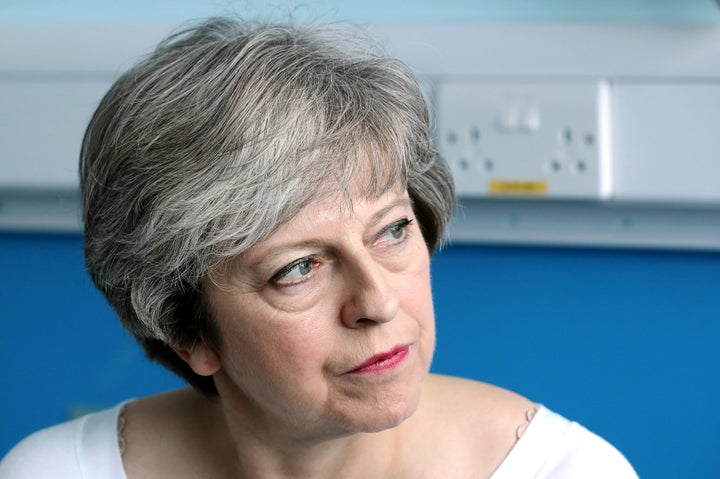
According to one internal projection, the number of Tory seats is forecast to now end up at around 306, around seven more than the 299 first thought when the original draft proposals were published last year.
Labour would be left with around 245 seats and Theresa May would regain the majority she lost in the 2017 general election, if she can get the same level of votes.
However, polls have given Labour a higher share of the vote since June and the party may not do as badly as first feared even with the boundary changes.
The fate of the boundary review is now expected to be decided in January 2018, when the final Northern Ireland proposals are published.
Although Labour is hit harder by the changes, the boundary review will also leave some Tory and DUP MPs without seats.
May has a working majority of just 13 and the plans face a real challenge to be passed when presented in secondary legislation in October 2018.
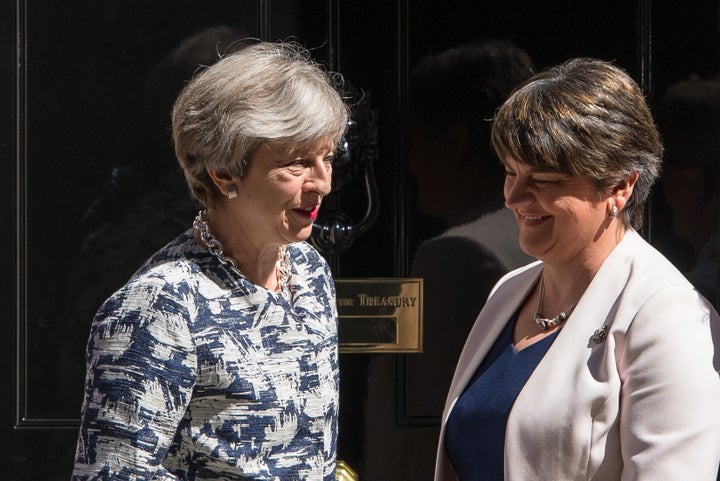
Brexit Secretary David Davis looks set to lose much of his seat to neighbouring Tory MP Andrew Percy. Brexiteer backbenchers John Whittingdale and Bernard Jenkin are facing battles for survival too.
Cat Smith MP, Labour’s Shadow Minister for Voter Engagement and Youth Affairs, said the whole review was being pushed by the Conservatives to make it easier for them to win a majority.
“It has been clear from the start that the Tories have only been interested in their own political advantage rather than what is in the best interests of the country,” she said.
“To lose 50 MPs at a time we are repatriating powers from Brussels as we leave the European Union risks leaving the UK Government struggling to keep up with the day to day requirements of legislation.
“They need to drop their unfair, undemocratic plans, as well as ensuring the review is based on the most up-to-date register and that there is appropriate flexibility to take into account community ties and geography.”

